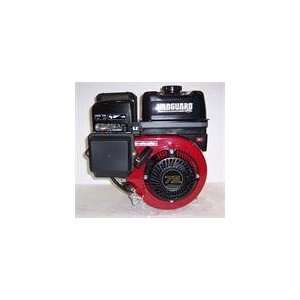

Valve springs push the valves toward the closed position, so that they open only at precisely timed intervals. Both valves close to seal the combustion chamber for the piston's compression stroke. Exhaust valves open to allow spent fuel gases to leave the engine. Intake valves open to allow the air-fuel mixture to enter the combustion chamber. The diagrams on this page show the parts of typical valves in detail and their locations in the engine. Valve design for the four-stroke small engine includes one intake valve and one exhaust valve per cylinder. This section covers the procedures for removing, inspecting, cleaning and replacing valves and related parts. Valves are opened by tappets that ride on the camshaft inside the crankcase. Some valve assemblies also include a rotator, a circular component that turns the valve slightly in each cycle to ensure a symmetrical wear pattern on valves and seats. Each valve spring is held in place by a valve spring retainer. Each valve also moves through a valve spring, adjacent to the guide, that pushes the valve toward the closed position and holds that valve face against the valve seat.

Each valve stem moves in a valve guide that is machined directly in the cylinder block or in a replaceable bushing. Valves contain a stem, neck, head and face. Then, if the valves are not badly worn and the parts are not damaged, you can tune up the valves and seats (see " Lapping the Valves" below) so that the valves seal effectively. When you remove the valves from the engine, inspect them carefully. Faulty or dirty valves may stick and can develop pits, cracks or grooves that cause the engine to lose power and fuel efficiency. Valves control the flow of fuel vapor into the combustion chamber and the flow of exhaust gases leaving the engine.


 0 kommentar(er)
0 kommentar(er)
